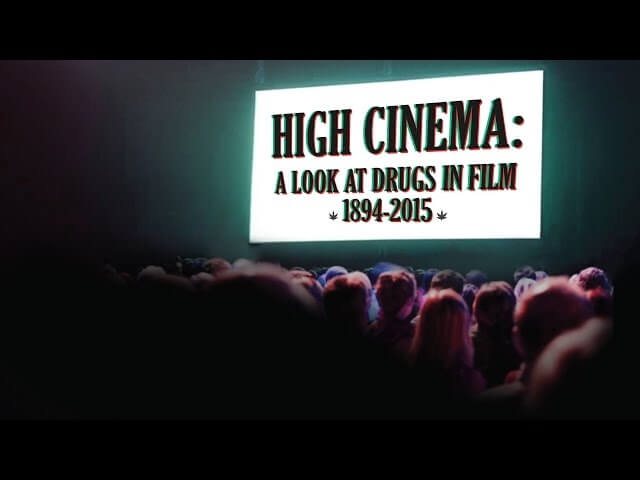Movie characters use way more drugs than real people, study suggests

Drug use, statistically speaking, is on the rise in the United States. In 2002, 8.2 percent of respondents reported recent drug use. By 2013, that number had increased to 9.4 percent. During that same period, however, use of cocaine, marijuana, LSD, and other mind-altering substances has risen roughly a gajillion percent in the movies. Is there a connection here? That’s what the sober citizens at the New York Film Academy have been trying to determine with their historically-minded “High Cinema” project, which has already yielded some tasty infographics and a neat little accompanying video, too. NYFA’s findings are interesting if, so far, inconclusive. The researchers behind “High Cinema” are not necessarily willing to blame movies for any real-life spikes in substance abuse, but they do want to know if movies can actually encourage drug use.
What NYFA can say for sure is that onscreen depiction of drug use waxes and wanes according to prevailing social attitudes and government controls. In other words, the depiction of drugs in movies depends largely on the tenor of the times. Reefer Madness was as much a product of the 1930s as Scarface was of the 1980s. But is this a good thing, a bad thing, or just a neutral thing? That depends on your perspective. On the one hand, NYFA’s video cites a Swedish study that suggested that Trainspotting may have actually helped to curb heroin use through its negative portrayal of the drug. Then again, Columbia University says that kids who watch R-rated movies are more likely to try marijuana. One undeniable fact? Movie characters use way, way, way more drugs than real people actually do. Heroin, marijuana, and LSD have all been creeping northward in popularity lately, but they’ve positively skyrocketed on the silver screen. Cocaine, meanwhile, has managed to thrive on the big screen while nosediving in the real world.